ARCHITECTURE OF MINOAN CRETE
ARCHITECTURE OF MINOAN CRETE
Constructing Identity in the Aegean Bronze Age
John C. McEnroe

To Catherine, For your patience and good humor as, year after year, we climbed up the wrong sides of the mountains.
Copyright 2010 by the University of Texas Press
All rights reserved
Printed in the United States of America
First edition, 2010
Requests for permission to reproduce
material from this work should be sent to:
Permissions
University of Texas Press
P.O. Box 7819
Austin, TX 78713-7819
www.utexas.edu/utpress/about/bpermission.html
 The paper used in this book meets the minimum requirements of ANSI/NISO Z39.48-1992 (R1997) (Permanence of Paper).
The paper used in this book meets the minimum requirements of ANSI/NISO Z39.48-1992 (R1997) (Permanence of Paper).
Library of Congress Cataloging-in-Publication Data
McEnroe, John C.
Architecture of Minoan Crete : constructing identity in the Aegean Bronze Age / John C. McEnroe.
p. cm.
Includes bibliographical references and index.
ISBN 978-0-292-72193-7 (cloth : alk. paper)
1. Architecture, Minoan. 2. Architecture and societyGreeceCrete. I. Title. II. Title: Constructing identity in the Aegean Bronze Age.
NA267.M39 2010
722 ' .61dc22
2009048479
This book has been supported by an endowment dedicated to classics and the ancient world and funded by the Aret Foundation; the Gladys Krieble Delmas Foundation; the Dougherty Foundation; the James R. Dougherty, Jr. Foundation; the Rachael and Ben Vaughan Foundation; and the National Endowment for the Humanities.
CONTENTS
CHAPTER 1.
The Land, the People, Identity
CHAPTER 2.
Architecture and Social Identity in Neolithic Crete (CA. 70003000 BC)
CHAPTER 3.
Local, Regional, and Ethnic Identities in Early Prepalatial Architecture (CA. 30002200 BC)
CHAPTER 4.
Architectural Experiments and Hierarchical Identity in Late Prepalatial Architecture (CA. 22001900 BC)
CHAPTER 5.
The First Palaces and the Construction of Power (CA. 19001750 BC)
CHAPTER 6.
The Protopalatial City and Urban Identity (CA. 19001750 BC)
CHAPTER 7.
The Second Palace at Knossos and the Reconstruction of Minoan Identity (CA. 17501490 BC)
CHAPTER 8.
Comparing the Neopalatial Palaces (CA. 17501490 BC)
CHAPTER 9.
Houses and Towns in the Neopalatial Period (CA. 17501490 BC)
CHAPTER 10.
Buildings, Frescoes, and the Language of Power in the Final Palatial Period (CA. 14901360 BC)
CHAPTER 11.
After the Palaces (CA. 13601200 BC)
CHAPTER 12.
Survival and Memory in LM IIIC (CA. 12001100 BC)
CONCLUSION.
Architecture and Identity
APPENDIX.
Useful Websites
PREFACE
THE PAST TWENTY YEARS have been extraordinary in Minoan archaeology: G. Rethemiotakis discovered a new Palace at Galatas; the Shaws excavated monumental harbor facilities at Kommos; M. Tsipopoulou excavated fascinating buildings at Aghia Photia, Petras, Halasmenos, and elsewhere. In addition to these new projects, many excavations initiated at the beginning of the twentieth century have either continued or been revived, and much of Crete has been systematically surveyed. The Institute for Aegean Prehistory built a new research center in Pachyammos. Dozens of international conferences have provided opportunities for innovative scholarship. At a time when much of the rest of the academic world and particularly academic presses are financially threatened, new scholarly journals and monograph series have been launched in Belgium, Italy, Great Britain, Poland, Greece, and the United States.
One of the byproducts of the surge of scholarship has been increasing specialization. Excavators concentrate on specific sites, and surveyors focus on selected regions. Many scholars restrict themselves to particular periods (for example, Early Minoan, Middle Minoan, or Late Minoan III) or media (pottery, tombs, frescoes, or faience, for example). As a result, we have any number of excellent excavation reports and symposia papers, but no general synthesis. The primary goal of this book, therefore, is to provide the first overall history of Minoan houses, Palaces, tombs, and towns from the Neolithic period through LM IIIC. Placing things in the larger picture changes their appearance and their significance.
There are many ways to study architecture. One can study materials and techniques, as J. Shaw has so thoroughly done (Minoan Architecture). One can study changes in style, as most traditional architectural histories do. One can study functionhow the buildings were used-as did most of the papers in two symposia organized by the Swedish Institute (Hgg and Marinatos 1987; Hgg 1997). Or one can focus on the relation between the house (an architectural unit) and the household (a social unit), as the recent STEGA conference did. In this book I shall consider all these issues in passing, but my primary concern is with the meaning of buildings.
Architecture does more than provide shelter. It is, perhaps first and foremost, a medium for conveying meanings. The thesis of this book is that architecture is one of the chief media through which humans shape their identities and present themselves to others. Through architecture we construct our identities as members of families, of communities, of particular social classes, and of regional, national, and international groups. (I discuss the concept of identity in more detail in .)
Only a small portion of this book is based on my own fieldwork. The recent flood of important, insightful scholarship has almost entirely reshaped the field. My role is to serve as a journalist, selecting, reporting, and synthesizing some of the most interesting stories in order to provide scholars who are not necessarily specialists in the Aegean Bronze Age with access to these ongoing conversations.
A Note on Conventional Terms
Over the course of its hundred-year history, Minoan archaeology has developed a unique terminology that has caused considerable confusion and disagreement. Some of the most commonly used termsmostly coined by A. Evansused to describe certain types of rooms (lustral basins, pillar crypts, Throne Room, etc.) and buildings (peak sanctuaries, theatral areas, villas, and, most problematically, palaces) carry with them unwarranted implications. Resulting arguments over the function(s) of a lustral basin or a villa or a palace have literally filled volumes (Hgg and Marinatos 1987; Hgg 1997). Attempts to replace the traditional terms with more neutral languagecourt-centered buildings as opposed to palaces, for examplehave not had much success (Schoep 2002b, 18, for example). The problems arise when we interpret these terms as implying a set of functions. In this book I am concerned with problems of function only in passing. I shall use the traditional terms only to describe specific Minoan architectural forms, capitalizing them (Lustral Basin rather than lustral basin, Palace rather than palace, etc.) to signal their arbitrary, conventional nature. Thus in this book a Lustral Basin is a small, square, sunken room entered by descending a small stairway; whether or not it had anything to do with lustration is for others to debate. The conventional terms are defined in a glossary at the end of the book.
ACKNOWLEDGMENTS
FOR MORE than thirty years Joe and Maria Shaw have been my teachers, mentors, and friends. They not only opened the doors, but they pushed me through them. I owe them special thanks.
Next page

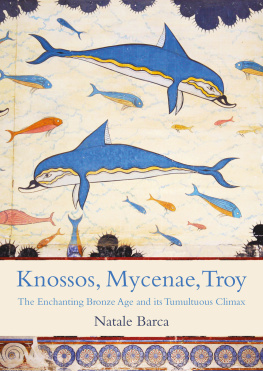
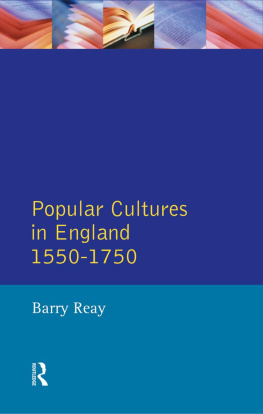
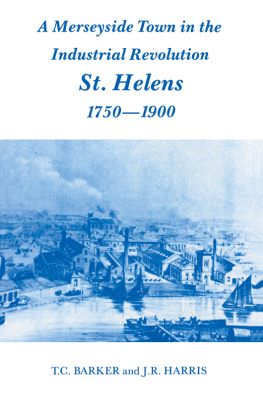
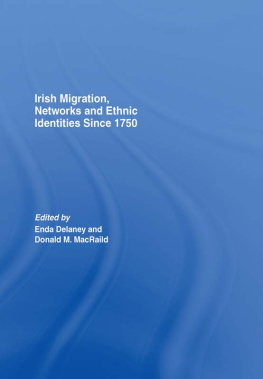
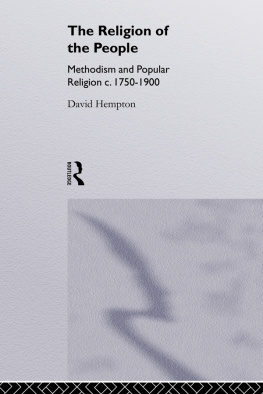
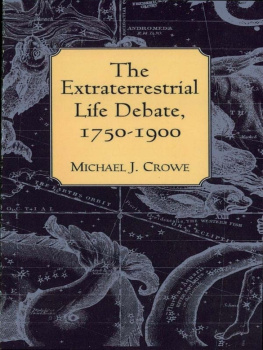
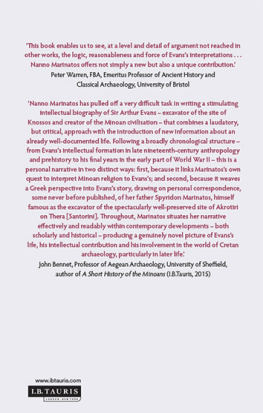
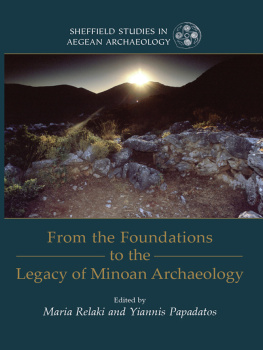

 The paper used in this book meets the minimum requirements of ANSI/NISO Z39.48-1992 (R1997) (Permanence of Paper).
The paper used in this book meets the minimum requirements of ANSI/NISO Z39.48-1992 (R1997) (Permanence of Paper).